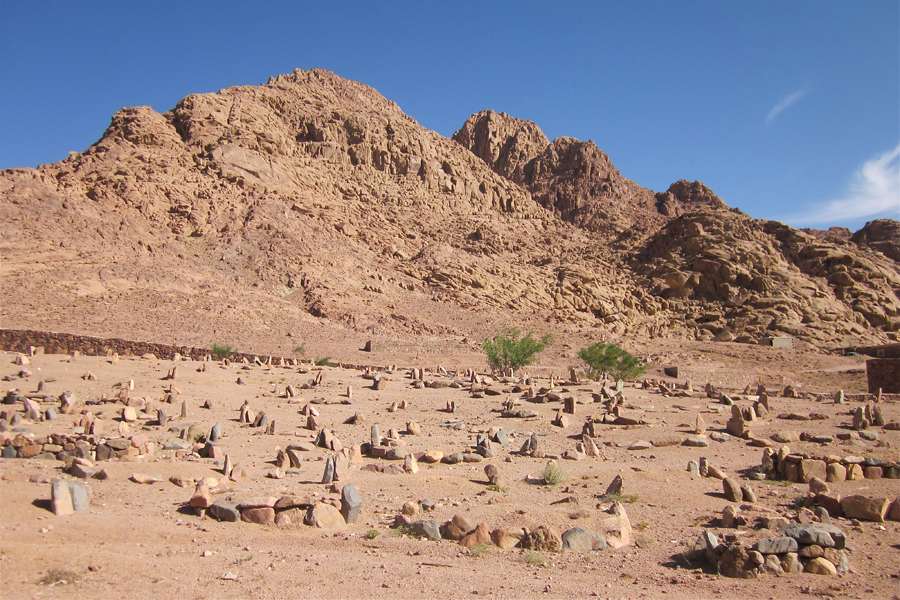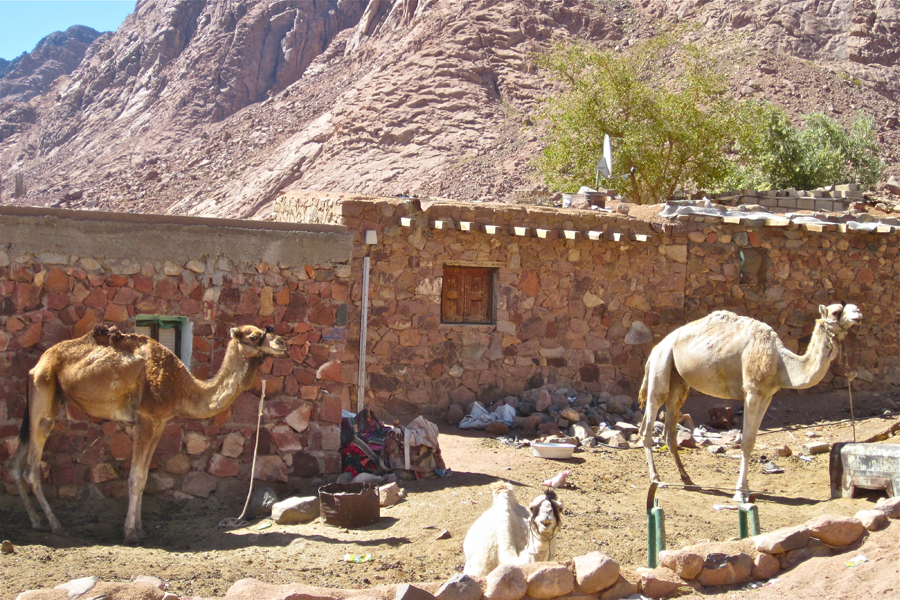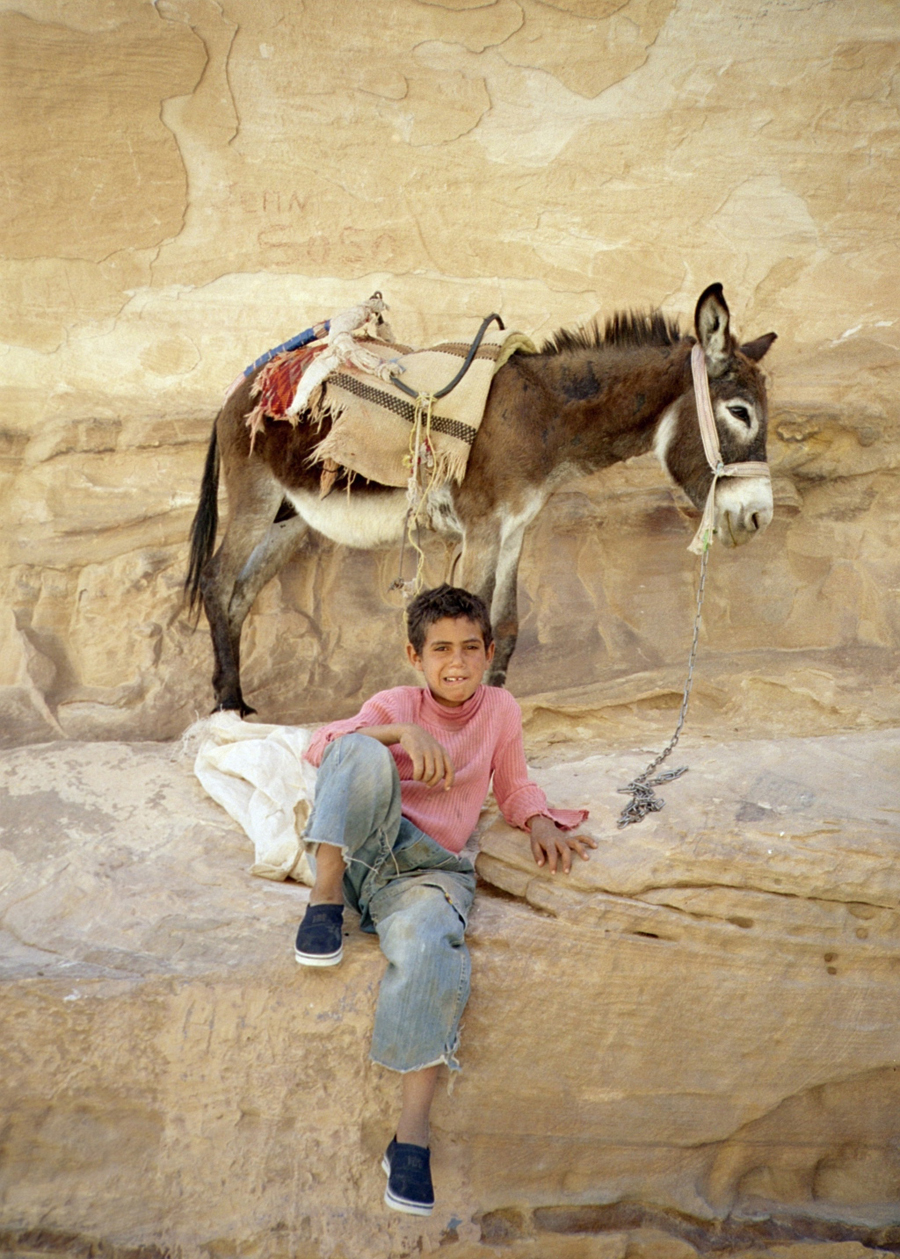Fayoum and the Sinai Peninsula
Southwest of Cairo in the Western Desert lies Fayoum Oasis, an historic agricultural area and nature preserve. To the east lies the Sinai Peninsula, a dry and mountainous region where 2,000-year-old Christian monastic traditions coexist with Bedouin tribal culture and luxury holiday resorts on the Red Sea.
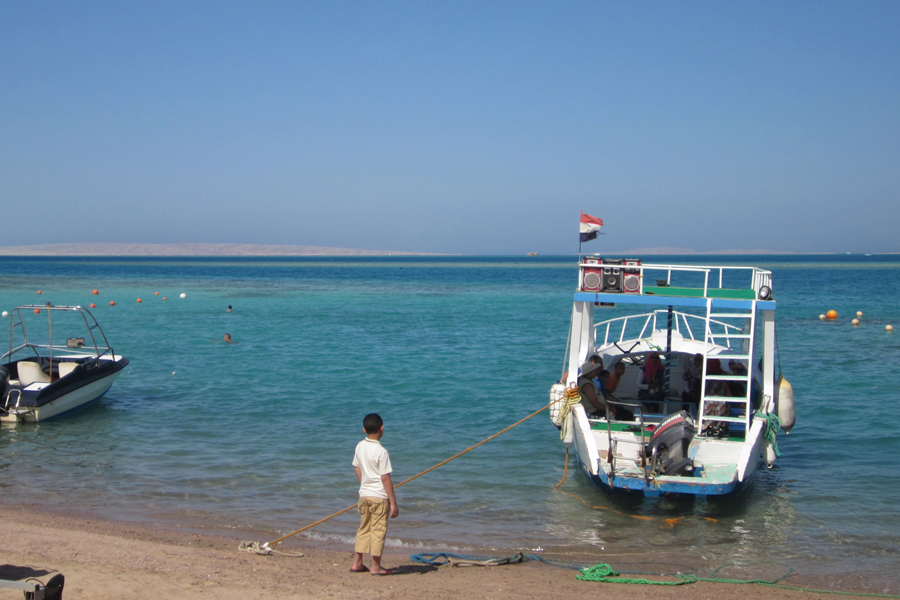
The Red Sea at Hurghada
Together with Sharm-El-Sheikh and Dahab on the Sinai Peninsula, Hurghada is a popular tourist destination for scuba diving and snorkeling in the spectacular coral reefs of the Red Sea, a sliver of turquoise between Egypt and Arabia. With its 1,200 species of fish, sea turtles, and sharks, this rich but fragile ecosystem is threatened by development, industry, fishing, and climate change.
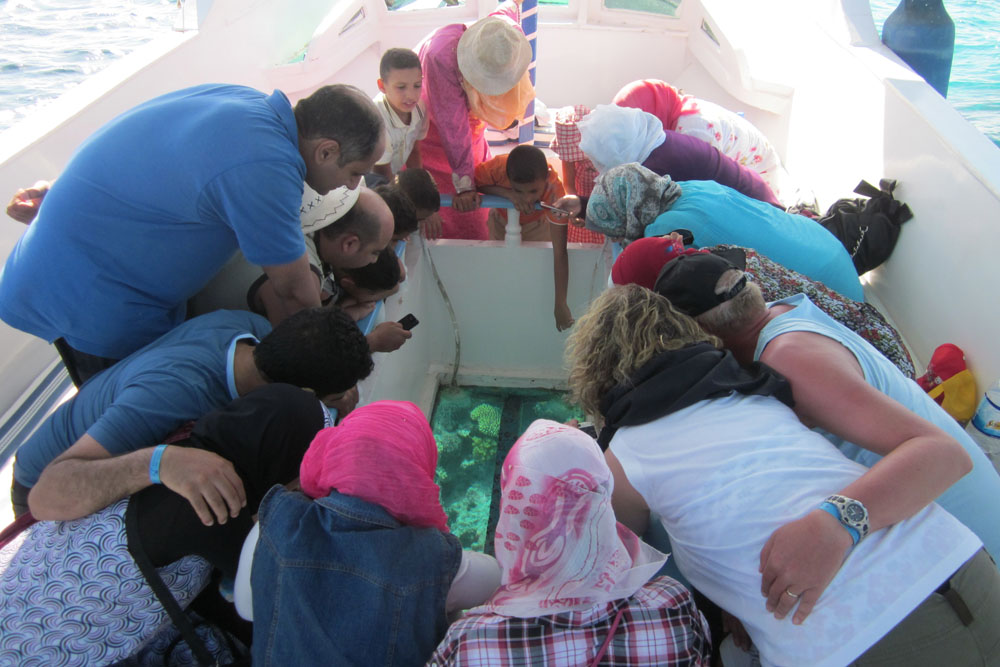
Glass-bottom boat on the Red Sea
Veterinary scientists and their families take a break from a seaside conference in Hurghada to view the brilliant fish and coral reefs of the Red Sea.
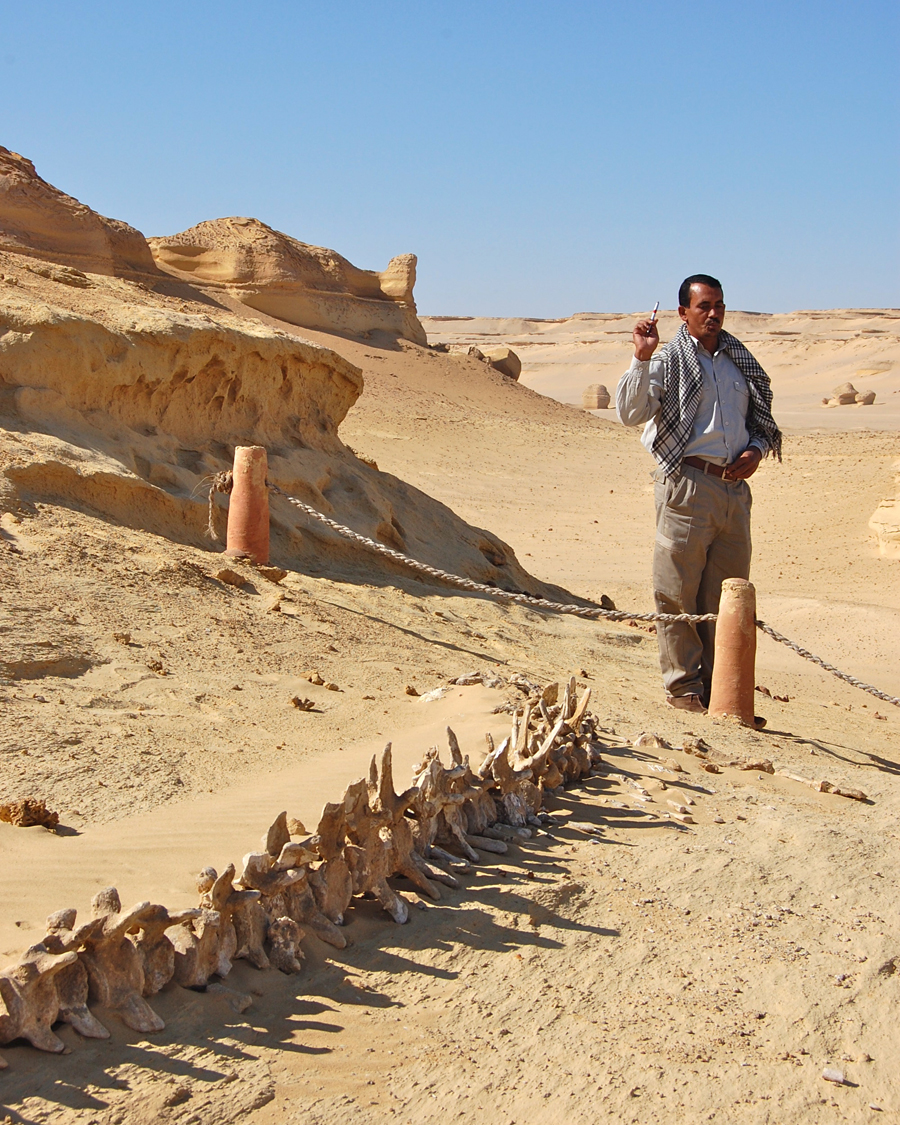
Wadi-al-Hitan (Valley of the Whales)
37-million-year-old whale skeletons in the desert? The discovery of vestigial hind limbs in two species of extinct whales on this ancient seabed in the Western Desert provided key fossil evidence for the evolutionary transition of whales from land to sea creatures. The Valley of the Whales is a UNESCO World Heritage site.
Shabab (young men) at the waterfalls
The largest waterfalls in Egypt adjoin lakes created in an agricultural drainage project at the Wadi-El-Rayan nature reserve near Fayoum oasis. A popular recreation site for Egyptians, authorities have restricted the travel of foreigners to this area because of security concerns.
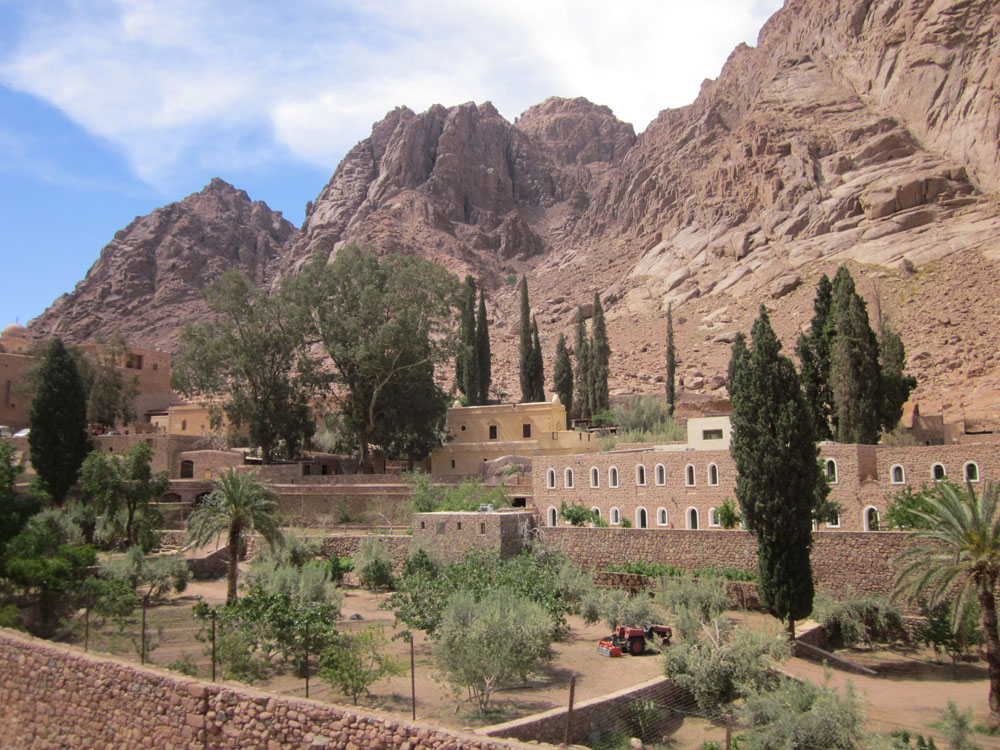
Garden in the desert
In the shadow of Mt. Sinai, monks have been coaxing olives, cypress, apricots, and vegetables from the desert around St. Katherine’s Monastery (c. 527 AD) for more than 2,000 years. The Christian monastic tradition began in the harsh desert environment of Egypt. St. Katherine's was an important refuge for early Christians escaping Roman persecution. It's library safeguards a large and rare collection of books, icons, and manuscripts.
View from Mount Sinai
A rough dwelling and strategically perched outhouse crown a plateau near the summit of Mount Sinai (7,497 ft). The Bedouins who live here sell tea and soft drinks to the pilgrims and tourists who ascend this renowned pinnacle, the accepted site at which Moses received the Ten Commandments.
Bedouin cemetery, El Milga, South Sinai
Backyard camels, El Milga, South Sinai
Well-suited to the harsh environment of the Sinai Desert, camels are integral to Bedouin culture as a source of transportation, meat, milk, and hides. These camels ferry visitors to nearby Mt. Sinai and St. Katherine’s monastery. Once nomadic, many Bedouin now live in permanent houses complete with satellite technology.
Bedouin boy and his donkey



